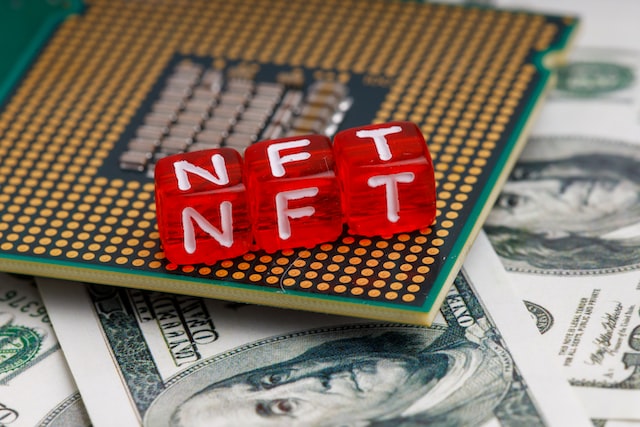NFTs are big business, at least for now. This abbreviation denotes non-fungible tokens, which are a unique digital asset based on the blockchain. Initially, NFTs were used to validate digital art, acting as certificates of authenticity. Now luxury clothing brands, real estate companies, professional sports leagues and even legendary auction houses are selling NFTs. All of the above is enough to make any business owner think about learning a new trend. Some financial experts are urging investors to proceed with caution as the price of NFTs has fallen more than 70%. At the same time, enthusiasts like billionaire Mark Cuban say NFTs could be the new big moneymaker for small businesses and creators. Start Licensing & selling creative digital assets on your own terms. NFT Licensing Protocol with vartprotocol.com enables different ways to use your digital asset. So, now is the time to jump into the carriage of this train. Start Licensing & selling creative digital assets on your own terms. NFT Licensing Protocol with vartprotocol.com enables different ways to use your digital asset. Here’s what you need to know about NFTs first.
Risks and Potential Benefits
Most NFTs are part of the Ethereum blockchain and are therefore bought and sold using Ethereum. This means that you can theoretically trade an NFT created on the Ethereum blockchain for another NFT created on the same blockchain. The price of NFTs is pegged to the value of Ethereum and Bitcoin, which are highly volatile assets. And, as with any other investment, in order to make money, they need to be bought low and sold high.
NFT marketplaces
You should also be aware that NFT marketplaces like OpenSea, Rarible, and Nifty Gateway charge high transaction and auction fees – typically between 2.5% and 5% per sale, which can significantly reduce your profits. However, this is comparable to the fees of other e-commerce platforms like Etsy and Shopify.
What is converted into NFTs
For businesses, the beauty of NFTs goes far beyond the potential profit. Now you can participate in a new way to monetize the internet with digital collectibles. Since almost any digital object can become an NFT, they can be used for a wide variety of purposes. These are songs, and gifs, and films, and photos, and news articles, and even tweets. Each token is unique and cannot be duplicated, which increases its value as a collectible. For example, basketball fans buy and trade their favorite game moments in the form of NFTs (a sort of modern-day trading cards) for the NBA Top Shot. And Playboy is licensing its 68-year-old archive of NFT content.
NFTs can also be used to monetize intellectual property in new ways. “Content and knowledge products that have a large fan base are ideal for being converted into digital assets. Most of the world’s most famous musicians, actors, artists and athletes are partially or fully licensed by large companies that want to monetize their intellectual property rights,” says Le Merle. For example, a single by actress and singer Lindsay Lohan in the form of an NFT was sold for $85,000. And Twitter CEO Jack Dorsey sold a tweet in the form of an NFT for $2.9 million.
Since NFTs can also be tied to physical assets, they can be used to authenticate and track the history of sales of art or other luxury items.





